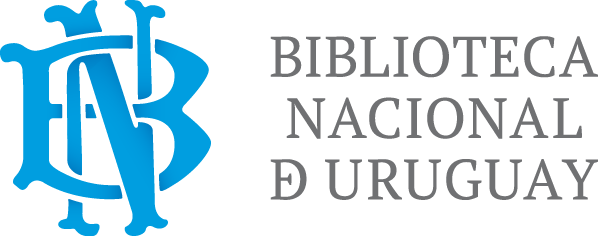
Mixed research paradigms applied in the field of mathematics
Delgado Baltazar, Marisol Paola
Rasilla Rovegno, José Ricardo
Yuncar Alvaron, Jesús
García Cruz, Josefina Arimatea
Meza Ramos, Mihuller Rushbeer
Delgado Torres, Ysabel Emilia
Editorial:Editorial Mar Caribe
Materia:Investigación
Público objetivo:Profesional / académico
Publicado:2025-03-27
Número de edición:1
Tamaño:5Mb
Precio:$430
Soporte:Digital
Formato:Pdf (.pdf)
Idioma:Inglés
Libros relacionados
Reseña
Mixed research methodologies encompass a variety of techniques and strategies designed to facilitate the integration of quantitative and qualitative data. Common quantitative methods include surveys, experiments, and statistical analyses, which provide measurable and generalizable outcomes. On the qualitative side, techniques such as interviews, focus groups, and ethnographic studies allow for a detailed exploration of individuals' thoughts and experiences. Researchers often utilize a sequential or concurrent approach to data collection and analysis, determining the best way to intertwine both data forms to address their specific research questions. This multifaceted approach not only enriches the findings but also contributes to the development of more effective and adaptable mathematical theories and practices.
In the realm of mixed research paradigms, qualitative approaches play a crucial role in enriching our understanding of mathematical phenomena. While quantitative methods provide numerical data and statistical insights, qualitative methods delve into the nuanced experiences and perspectives of individuals involved in mathematical research. This section explores the various qualitative techniques employed in mixed research, highlighting their significance in mathematical contexts.
The interpretation of qualitative findings in mixed research is a critical step that requires careful consideration. Unlike quantitative data, which can often be analyzed through statistical methods, qualitative data demands a more subjective and interpretative approach. Researchers must engage in thematic analysis, coding, and narrative construction to distill meaningful insights from the data. This process involves identifying patterns, themes, and relationships within the qualitative data, which can then be juxtaposed with quantitative findings. The integration of these insights contributes to a more nuanced understanding of mathematical phenomena, enriching theoretical frameworks and informing practical applications.




